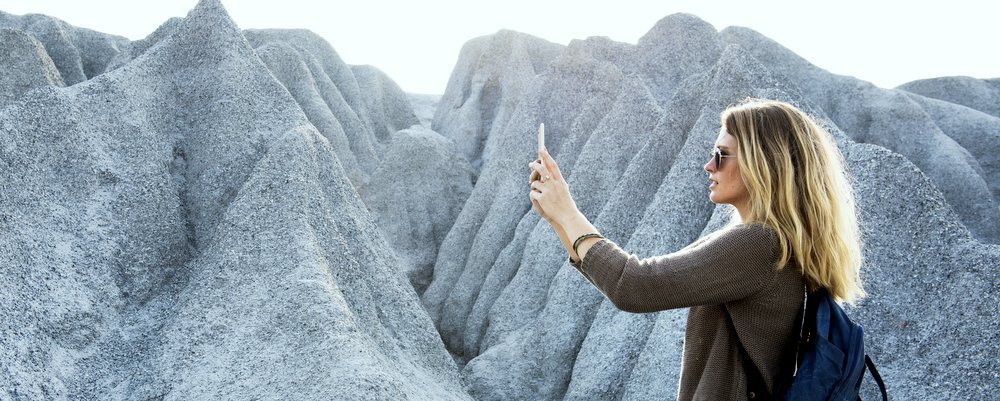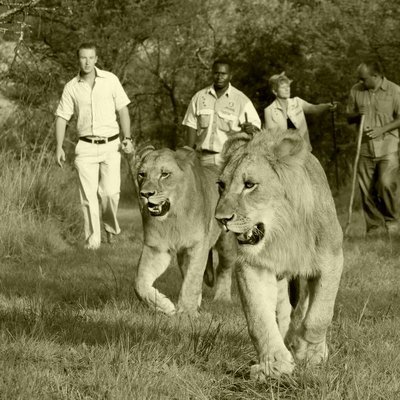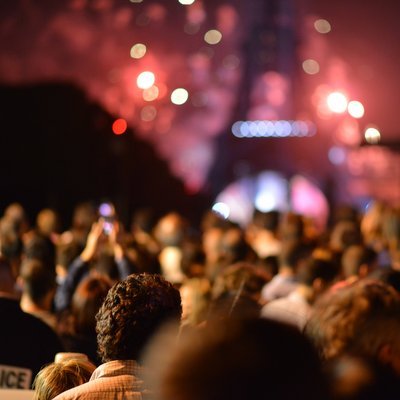Visit any popular tourist destination, a hip new hotel or the latest must-visit restaurant and you’re almost guaranteed to be confronted with a horde of camera-wielding tourists striving to capture the perfect shot to share on their Instagram feed. Everyone is craving the same experiences, travelling to the same destinations and taking the same travel photographs, all thanks to Instagram. As more and more people look to the app for travel inspiration, is it actually becoming detrimental to travel?
Instagram is a great tool for researching destinations that you are planning on visiting or for gathering inspiration for places you wish to travel to. Simply scroll through the feeds of your favourite travel influencers and search through location tags, saving your favourite images as you go. By researching this way, not only can you plan your entire trip from where to stay to where to eat, but you’re only sifting through the photogenic places that you know will make great photographs. You can literally organise your entire itinerary based around taking beautiful photos.

But what about the experience itself? Sometimes, the most memorable trips aren’t the most photogenic ones. The photos that you find on Instagram are heavily filtered – users tend to only share their best shots and almost always edit their images. A hotel or guest house may have impeccable service and delicious home-cooked meals, but unless it looks good, you won’t find it on Instagram.
You’ve also got the problem that everyone is visiting the same destinations. You can hardly move at sunset in Oia in Santorini with tourists pushing their way to the front of the crowd to capture that perfect photo of themselves in front of the iconic backdrop. Iceland’s waterfalls are littered with tourists and the whole of Bali is unfortunately becoming an Instagram cliché. There are so many incredible places around the world, but everyone is flocking to the exact same locations instead of breaking the mould and discovering the world for themselves.
Some destinations, Iceland included, are in danger of becoming ruined for travellers, thanks to Instagram. Natural landscapes are being trampled and disregarded, ancient sites are littered with rubbish and sudden rises in tourism are pricing the locals out of the housing market, resulting in heavy restrictions on websites such as Airbnb. When the landscapes and treasured monuments are in danger, tourist numbers start to become controlled or sites are even closed to the public. Places that used to be open to the public are now off limits, and several attractions have started charging people to take photographs to try to limit the number of tourists.

How much of this extra traffic to popular destinations is down to Instagram is ambiguous. Some places, such as Iceland, have seen a direct correlation of a rise in the number of visitors compared to the rise in popularity of Instagram. The app has made a traveller out of anyone; people who previously would not have read travel blogs or magazines can now be inspired by destinations around the world instantly as they scroll through their feeds. But unless you questioned every single person who visited a destination, you couldn’t be sure that they were all there just because they’d seen a pretty photo on Instagram.
It’s also debatable whether or not Instagram is, in fact, ruining travel. Perhaps it is having the exact opposite effect, encouraging people who may not have otherwise left the country that they live in to travel around the world and see new places. Perhaps the responsibility is down to the Instagram users themselves to become trailblazers and step off the beaten path, sharing photographs of less popular destinations. As long as you leave your selfie stick at home and respect your environment and other travellers, what is the issue with taking photographs of the places that you visit and sharing them online?
You might also be interested in:
How To Share Your Holiday Photos
The Impact of Instagram on Travel
Emma Lavelle is a UK based writer and photographer and has her own blog Field and Nest.















